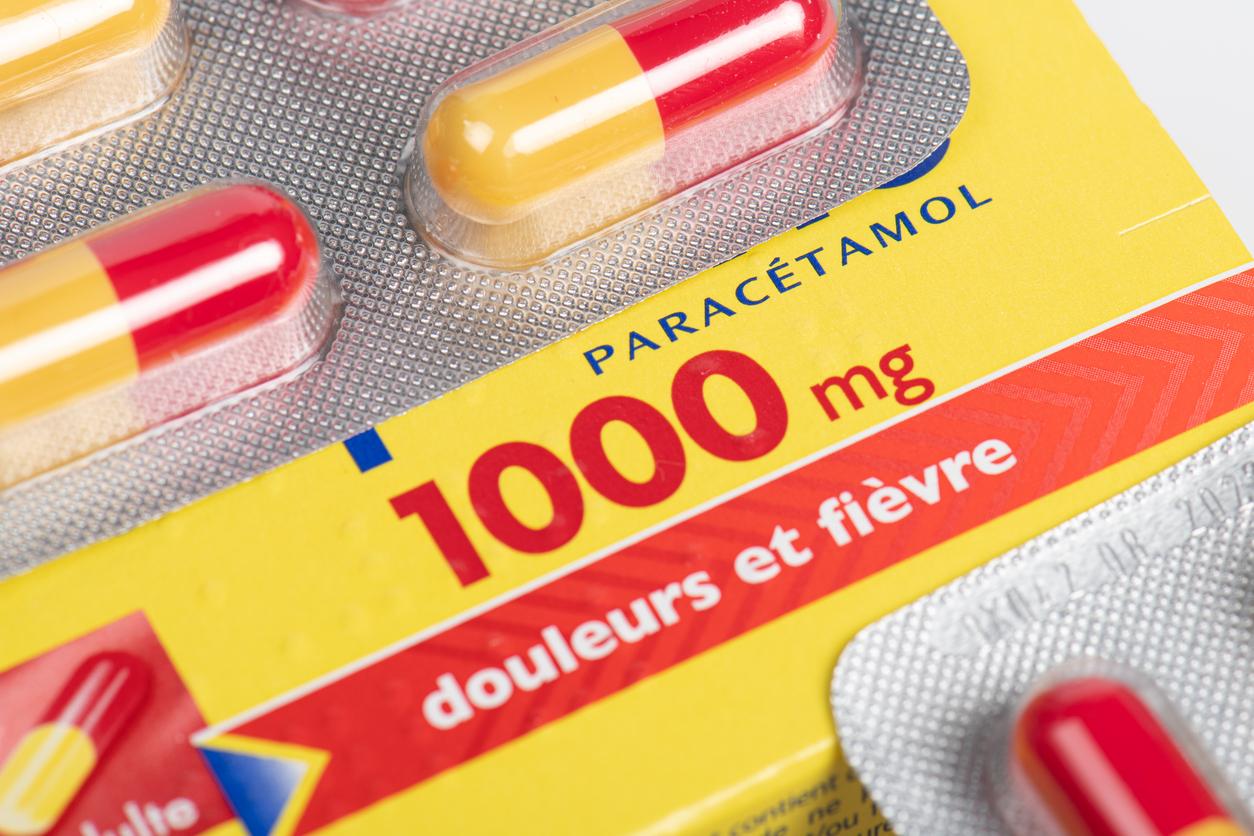Dermatologist Hervé Maillard explains the benefits of hypnosis in his specialty.

- Dermatologist Hervé Maillard explains the benefits of hypnosis in his specialty.
- In dermatology, hypnosis helps relieve injections, pain and itching.
- Everyone is hypnotizable.
“Hypnosis in dermatology is not a gadget, as one might believe. On the contrary, in certain anxiety-provoking situations, carrying out acts under hypnosis, such as dermatological surgery, can relieve the patient, to relax him and help him divert his attention.”
During a recent press conference, the work of dermatologist Hervé Maillard was highlighted. 18 years ago and by seeing his patients suffer from botulinum toxin injections, this head of department at the Center Hospitalier du Mans decided to train in hypnosis.
“Why does hypnosis provide better pain control? It has been shown through imaging studies that before and after hypnosis, the brain area activated by pain displays a decrease in neuronal activity”, explains the specialist.
Hypnosis in dermatology: what are the different techniques?
Several techniques can be used to achieve analgesia. For example, conversational hypnosis helps combat pain by inducing distraction through speech.
“Formal hypnosis aims to induce a “trance” which brings patients into a state of dissociation so that they are no longer conscious of their body. This hypnotic induction leads to changes in behavior and makes it possible to provoke a anesthesia of the hand or another part of the body”adds Hervé Maillard.
Dermatology: what is self-hypnosis?
The other part of hypnotherapy is self-hypnosis, which aims to teach the patient to self-relieve. “These self-hypnosis techniques are acquired through therapeutic education sessions carried out by nurses. They make it possible to relieve certain chronic pain at home or others linked for example to shingles”, explains the doctor. “For symptoms such as pruritus, a first session is carried out in the hospital where a hypnotic state is induced to “work” on the problem. After a few sessions, the patient has learned to practice self-hypnosis and to relieve on his own his itching which had been handicapping him until then”, the healthcare professional finishes.
Everyone is hypnotizable (you just have to find the right way to induce a “trance”). The time required to put a patient under hypnosis is not necessarily long for trained and experienced people.

















